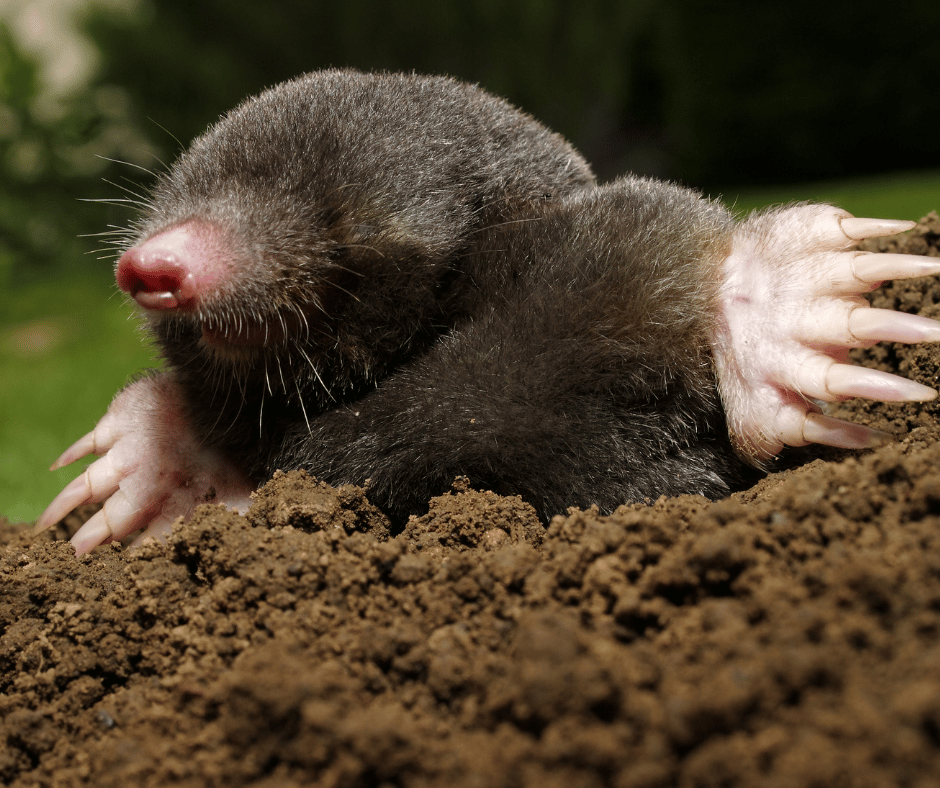Moles are fascinating creatures. They are one of the few mammals that can truly be called a “spy.” They live underground, and come out only at night to hunt for food. One of the most common questions people ask about moles is “why do they dig holes?” There are several reasons why moles might dig holes.
One reason moles might dig holes is to find food. Moles are insectivores, which means that they eat insects. They use their long, sharp claws to dig through the soil in search of grubs and other tasty insects. If you’ve ever seen a molehill, you know that it’s usually filled with dirt and insects. That’s because the mole has dug up the insects and brought them to the surface.

Another reason moles might dig holes is to build their homes. Moles live in underground burrows. These burrows can be quite complex, with multiple tunnels and chambers. The chambers are used for different purposes, such as sleeping, storing food, or raising young. In order to build their homes, moles need to dig a lot of holes!
Why do moles dig to the surface?
One reason might be to find a mate. Moles are usually solitary creatures, but they will come to the surface to find a mate during the breeding season. Once they have found a mate, they will go back underground and live in their burrows for the rest of their lives.
What time of day do moles dig?
Moles are most active at night, but they will also dig during the day if it is cloudy or overcast. This is because they are sensitive to light and prefer to stay in the dark.
Do all moles dig holes?
No, not all moles dig holes. There are some species of moles that live in trees. These moles do not dig holes, but they do build nests in the branches.

Do moles damage plants?
Moles can damage plants if they dig holes in your garden or yard. However, most of the time they will only eat insects and grubs. If you have a mole problem, you can try to trap them or get rid of their food sources.
So, why do moles dig holes? There are several reasons, including finding food and building their homes. If you’ve ever seen a molehill, you now know what it is and why it’s there. Next time you see one, take a closer look and you might just see a mole!
